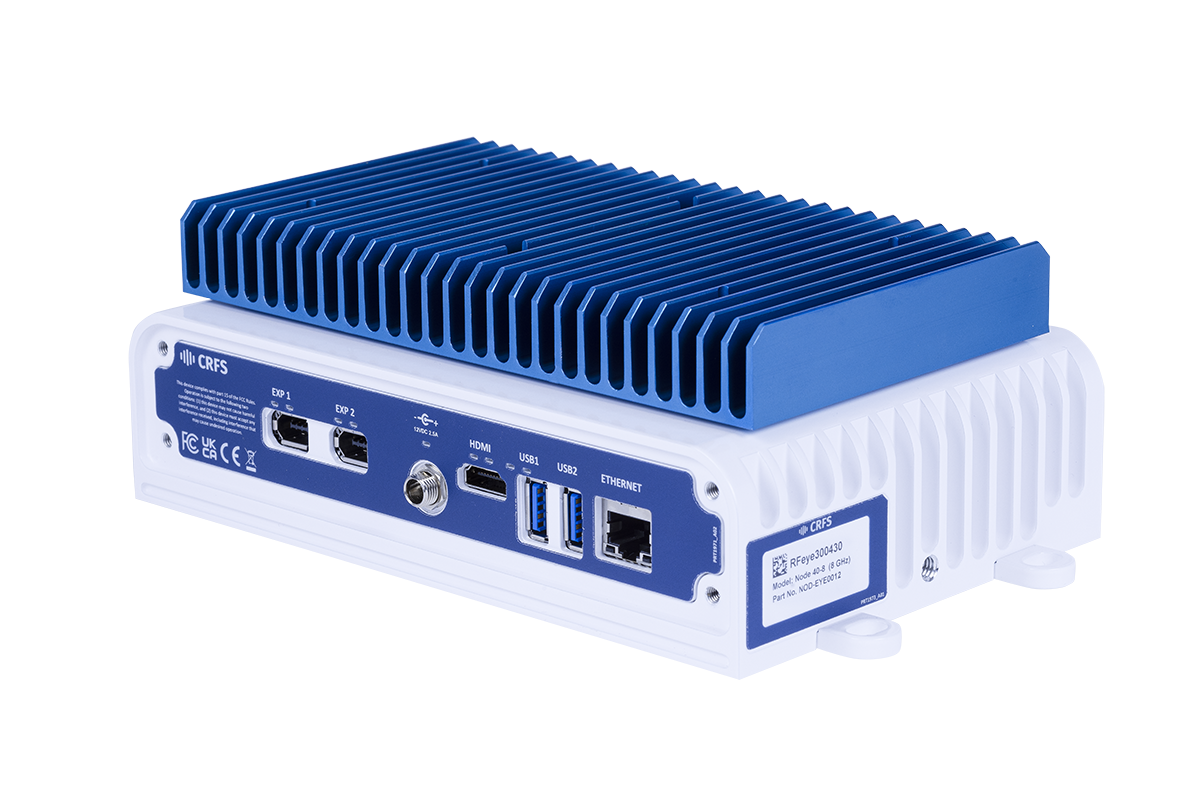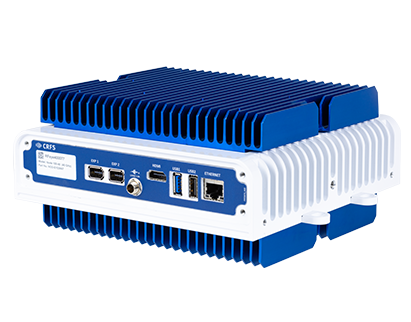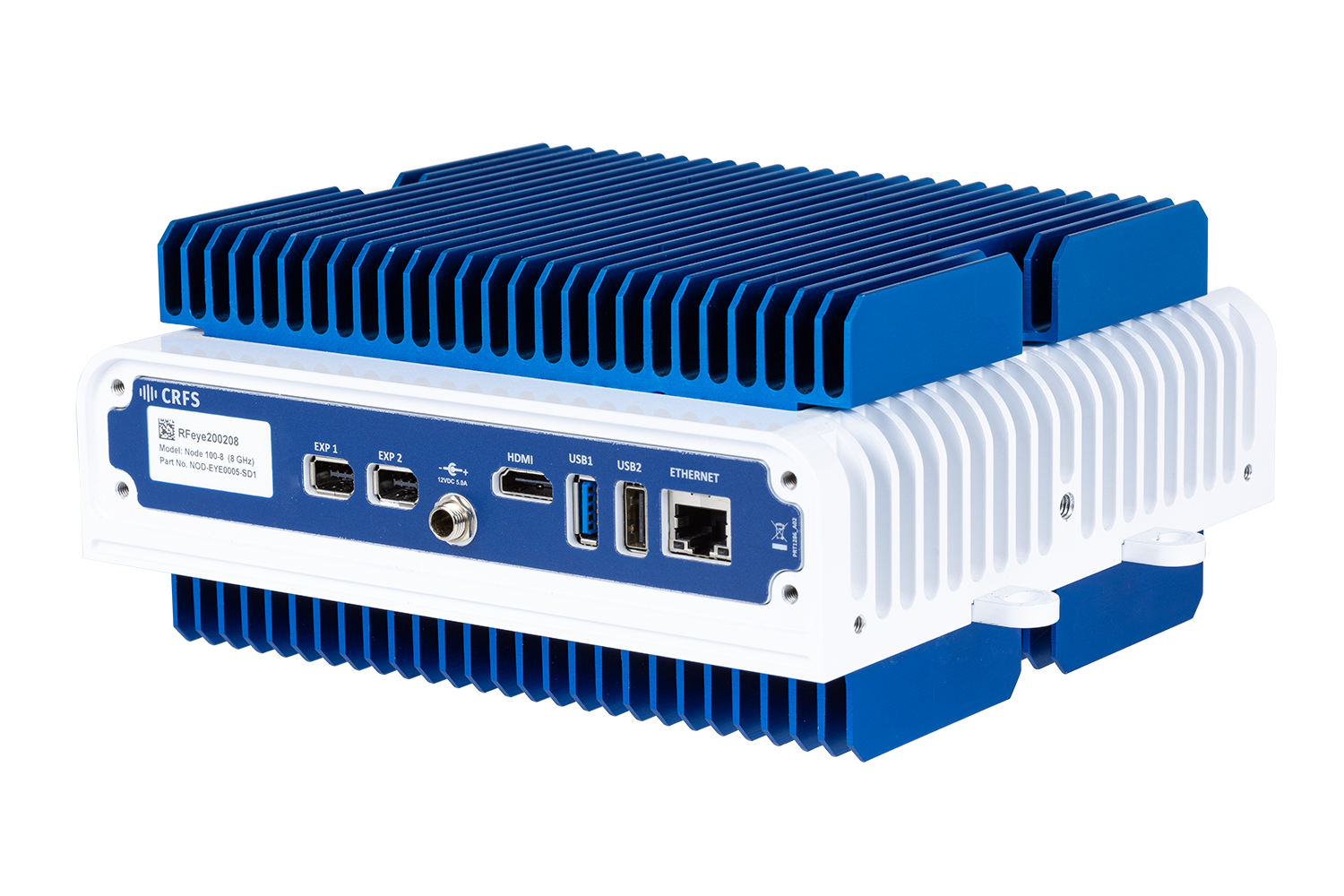Deployment stories
SPECTRUM MONITORING & MANAGEMENT AT THE RIO SUMMER OLYMPICS


How the Brazilian National Telecoms Agency used a remote distributed network at the world’s biggest sporting event
DOMAIN: LandAPPLICATION: Spectrum monitoringCUSTOMER: Regulator
SITUATION: Huge demands on the spectrum
With 25,000 media personnel, 15,600 athletes, 1.2 million spectators, 50,000 volunteers, and 2.5 billion people watching television, the Rio Olympic Games placed enormous demands on the spectrum.
The event involved multiple layers of complexity: football matches were held in different locations across Brazil, and the Brazilian government had committed to providing spectrum frequency assignments for “Olympic Family” entities free of charge. There were few incentives for users to use licensed spectrum efficiently.
The spectrum demands and diversity, the density of RF systems, the number of simultaneous users, and the number of critical operations made Rio 2016 arguably the most challenging spectrum monitoring and frequency management task in history.
To find a solution, Agência Nacional de Telecomunicações (Anatel – National Telecomms Agency of Brazil) held an open tender for 152 fixed location monitoring stations to cover the VHF, UHF, and SHF bands up to 6 GHz. The agency needed an out-of-box, turnkey solution to create a world-class distributed spectrum monitoring system.
What were Anatel's requirements
- The best value-for-money solution available on the market
- All systems designed and built to ISO standards and ITU guidelines
- Compact, rugged, weatherproof, and portable monitoring solutions
- State-of-the-art specialist spectrum monitoring
- Modular assembly allowing easy transportation and installation
- Fully automated and programmable monitoring and data storage
- Comprehensive training and support
- Ongoing in-country technical support and spares

SOLUTION: High level of performance at an attractive price
Anatel discovered a solution designed and developed specifically for remote distributed networking. The solution could cover all Rio 2016 venues and surroundings, facilitating TDoA for better geolocation processing results of RF sources.
At the heart of the solution was the RFeye receiver (Node)—a compact, lightweight, low power, ruggedized, high-performance, and highly configurable unit designed for distributed real-time spectrum monitoring and data acquisition.
Capable of sweeping from 10 MHz to 6 GHz in less than 100ms, the Node was placed in a compact, lightweight IP67 housing suitable for hostile environments and mounted on a stainless-steel mounting kit with a sun shield. The sensor had an interface panel for various power, data, and antenna inputs and was powered by a versatile power management system with 1-hour battery backup.
The hardware was accompanied by RFeye Site software, allowing operators to manage and control networks of RFeye Nodes and simultaneously perform multiple tasks and missions.
Rio 2016 spectrum analysts used this software to assign tasks to individual Nodes or multiple Nodes in the network, including basic spectrum sweeps, occupancy measurements, detecting and alerting to spectrum events, advanced signal classification, and real-time geolocation of signals of interest.
CRFS assisted Anatel by providing twelve one-week training sessions across Brazil and provided ongoing support throughout the contract.
RESULTS: Reduced spectrum incidents and long-term investment
During Rio 2016, Anatel’s goal was to detect interference across the monitored spectrum and geolocate any interfering transmitter’s source—all in real-time. There were only 55 spectrum incidents—all promptly resolved.
Success was the result of Anatel’s well-crated spectrum plan, implemented before, during, and after the Olympics—and afforded by the RFeye ecosystem.
Preventative spectrum monitoring activities before the Olympics helped obtain an overview of relevant frequency bands, allowing Anatel to geolocate potential sources of interference near Olympic venues that could affect the event.
During the event, Anatel set up a centralized spectrum monitoring center and used the RFeye system to remotely monitor spectrum and perform geolocation using TDoA. The center was able to inform spectrum incident field teams on the ground about the status, characteristics, and location of the interference—so issues could be resolved rapidly and efficiently.
Anatel did not stop spectrum monitoring when the torch was passed on. The agency continued to use CRFS’ spectrum monitoring software and fixed stations across Brazil for spectrum tasks, including occupancy measurements; evaluation of different emitters; identifying, characterizing, and geolocating sources of interference; and illegal use of spectrum by broadcasters.
The investment ensured a successful event and allowed Anatel to address long-term OPEX and CAPEX challenges.
Related products
Hardware and software related to this deployment story.

RFeye Node 40-8
A wideband RF receiver to ensure you never miss a signal. The RFeye Node 40-8 provides the latest superheterodyne receiver technology to provide outstanding quality and performance at a highly competitive price.

RFeye Site
RFeye Site is a toolbox to monitor the spectrum in real-time and geolocate signals in complex RF environments.

RFeye Node 100-40
RF receiver with a 100MHz instantaneous bandwidth. Packaged in a lightweight weatherproof rugged form, the Node 100-40 delivers 24/7 365 spectrum vigilance for long-term deployment in harsh environments.

RFeye Node 100-18
The wideband RFeye Node 100-18 is a complete spectrum monitoring and geolocation system. Optimized for size, weight, and power (SWaP), it is simple to connect, power, and network.